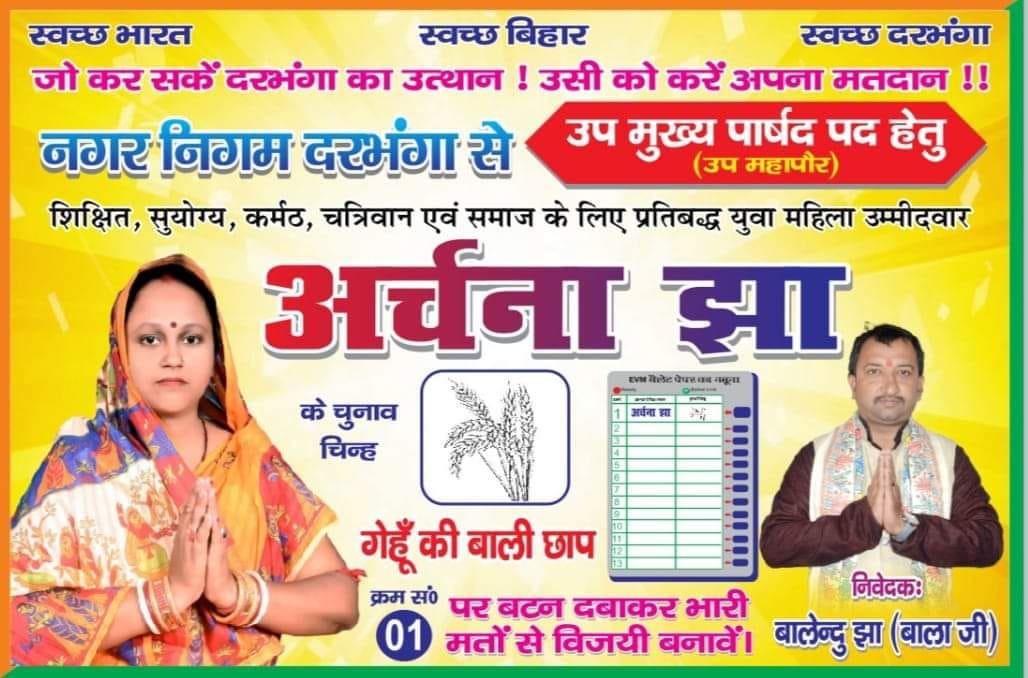
Darbhanga Ward No 10, with population of 5658 is Darbhanga city’s the 18th least populous ward, located in Darbhanga sub district of Darbhanga district in the state Bihar in India.
Demographics
The ward is home to 5658 people, among them 2957 (52%) are male and 2701 (48%) are female. 99% of the whole population are from general caste, 1% are from schedule caste. Child (aged under 6 years) population of Darbhanga Ward No 10 is 13%, among them 48% are boys and 52% are girls. There are 1050 households in the ward and an average 5 persons live in every family.
Growth of population
Population of the ward has decreased by -25.5% in last 10 years. In 2001 census total population here were 7599. Female population growth rate of the ward is -23.4% which is 4% higher than male population growth rate of -27.4%. General caste population has decreased by -10.9%; Schedule caste population has decreased by -94.5% and child population has decreased by -35% in the ward since last census.
Sex Ratio – Females per 1000 Male
As of 2011 census there are 913 females per 1000 male in the ward. Sex ratio in general caste is 914, in schedule caste is 895. There are 1071 girls under 6 years of age per 1000 boys of the same age in the ward. Overall sex ratio in the ward has increased by 48 females per 1000 male during the years from 2001 to 2011. Child sex ratio here has increased by 219 girls per 1000 boys during the same time.
Literacy
Total 4407 people in the ward are literate, among them 2427 are male and 1980 are female. Literacy rate (children under 6 are excluded) of Darbhanga WARD NO.-0010 is 89%. 93% of male and 85% of female population are literate here. Overall literacy rate in the ward has increased by 12%. Male literacy has gone up by 8% and female literacy rate has gone up by 18%.
Workers profile
Darbhanga WARD NO.-0010 has 28% (1586) population engaged in either main or marginal works. 49% male and 5% female population are working population. 45% of total male population are main (full time) workers and 4% are marginal (part time) workers. For women 4% of total female population are main and 1% are marginal workers.








